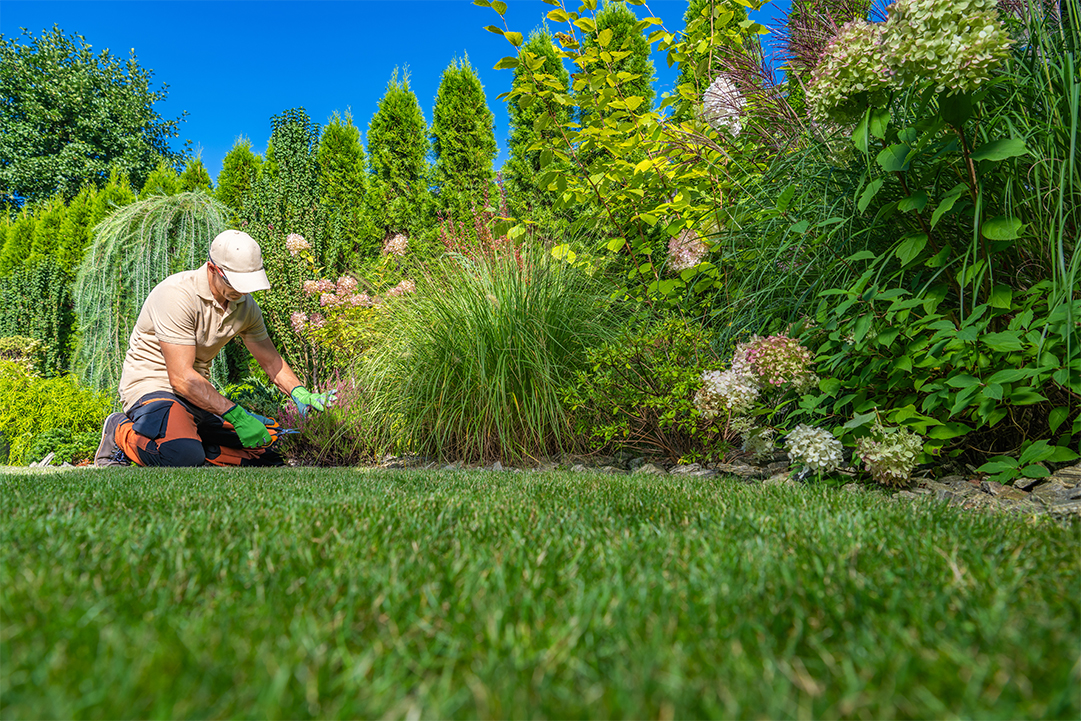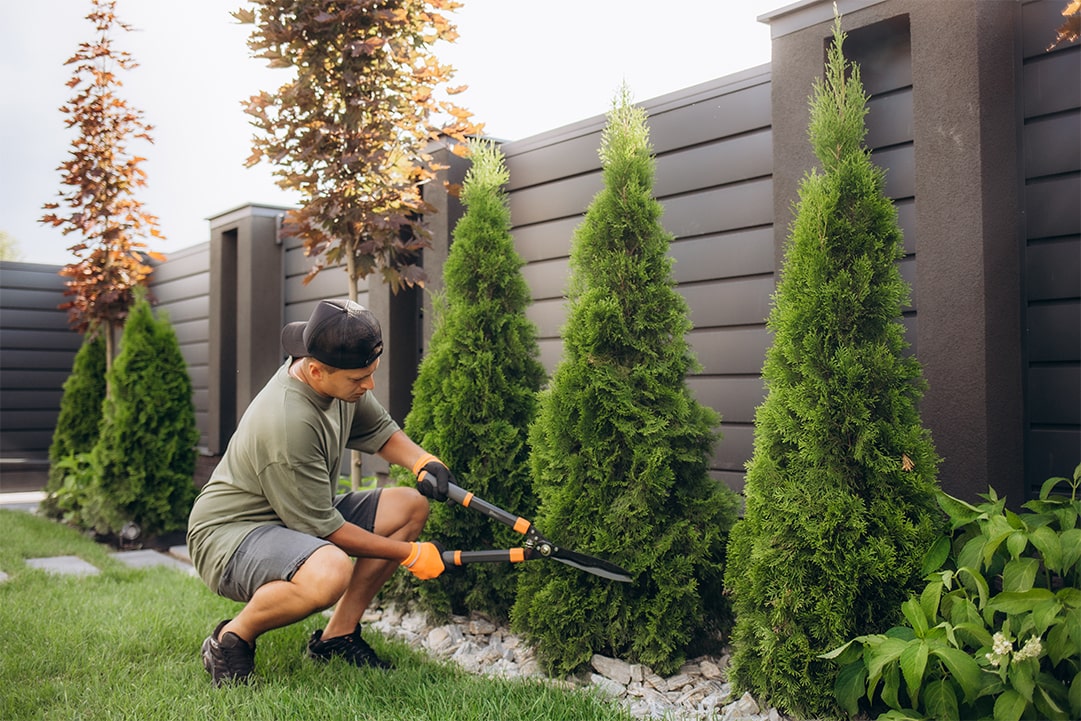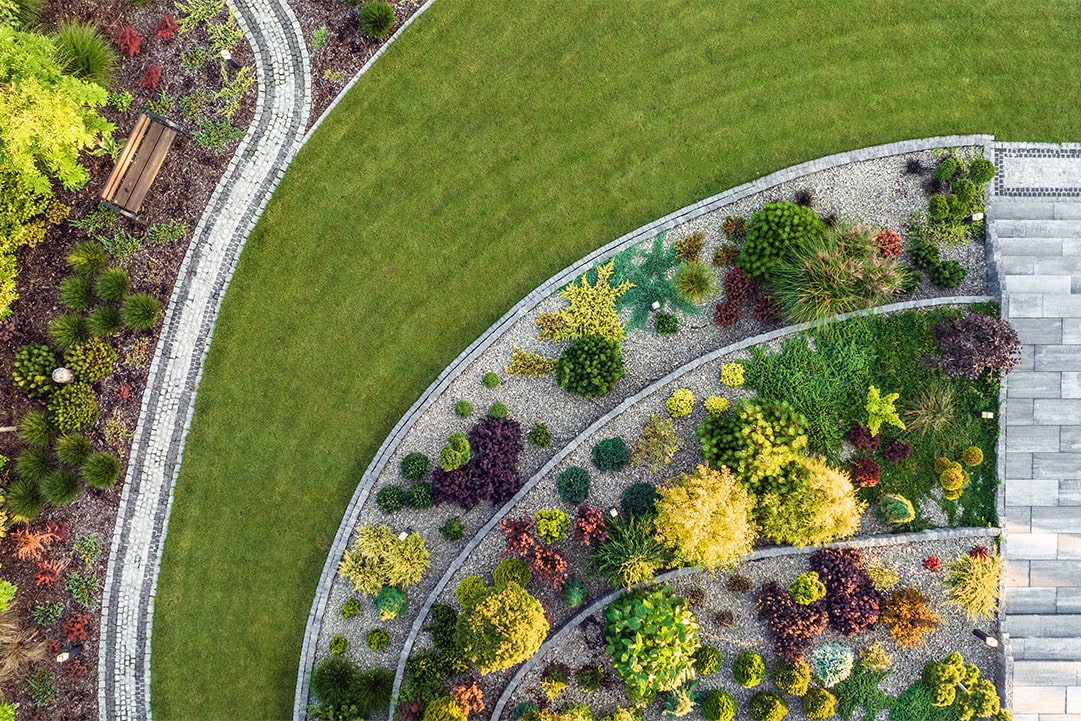Trees are majestic entities that not only enhance the beauty of our landscapes but also offer numerous environmental benefits. However, they can also pose significant risks to property and personal safety if not properly assessed and managed. Recognizing and mitigating these risks is essential to maintaining a safe and harmonious environment.
The importance of assessing tree risks cannot be overstated. With the right expertise, potential hazards can be identified early, preventing damage to property and ensuring the safety of individuals. This is where professional arborists play a crucial role, bringing their specialized knowledge and skills to the forefront of tree risk management.
In this article, you will learn:
- The critical steps involved in a professional tree risk assessment.
- How to identify signs of hazardous trees and the importance of regular inspections.
- Effective strategies for mitigating identified tree risks.
Let’s delve deeper into the world of tree risk assessment and discover how professional arborists contribute to the safety and well-being of our communities.
Understanding the Process
The Process of Tree Risk Assessment Explained
Tree risk assessment is a systematic process designed to identify potential hazards posed by trees and evaluate the likelihood of these hazards causing damage or harm. This process is critical in maintaining the safety of properties and individuals alike. The key steps involved in tree risk assessment include:
- Hazard Identification: This initial step involves a thorough inspection of the tree to identify any visible signs of distress or structural weakness that may pose a risk.
- Risk Rating: After identifying potential hazards, the risk they pose is evaluated based on the likelihood of failure and the potential consequences should failure occur.
Certified arborists play a vital role in this process, utilizing their expertise to diagnose the health and structural integrity of trees accurately. Their assessments help in making informed decisions about tree management to mitigate risks effectively.
Identifying and Managing Hazards
Identifying Tree Hazards
Recognizing the signs of hazardous trees is essential for timely intervention. Qualified arborists are trained to spot various indicators of tree distress, including:
- Dead or hanging branches that could fall and cause injury or damage.
- Signs of disease or decay, such as fungal growth or hollow sections.
- Structural weaknesses, like cracks or splits in the trunk or major limbs.
Regular inspections by qualified professionals are crucial for the early detection of these hazards, allowing for prompt action to be taken.
Mitigating Tree Risks
Once potential hazards are identified, various strategies can be employed to mitigate the risks. These strategies often include:
- Pruning: Removing dead, diseased, or weak branches can help improve the tree’s health and structural stability.
- Removal: In cases where a tree poses a significant risk, and other mitigation measures are insufficient, removal may be the best option.
Engaging professional tree care services is essential for effective risk mitigation. Professionals have the tools, techniques, and expertise necessary to address tree hazards safely and efficiently.
The Benefits of Tree Risk Management
The Value and Risks of Trees on Your Property
Trees add immense value to properties, enhancing aesthetic appeal, providing shade, and supporting local ecosystems. However, they also come with inherent risks, especially when located near buildings, walkways, or other structures. Proper tree risk management helps balance these benefits with the potential dangers, ensuring that trees continue to be assets rather than liabilities.
The Importance of Tree Risk Management
Proactive tree risk management is vital for reducing the risk of tree-related injuries or damage. It involves:
- Regular inspections to identify and address potential hazards early.
- Implementing appropriate risk mitigation strategies based on professional assessments.
- Ensuring trees are healthy and well-maintained to minimize risks.
By taking these proactive measures, property owners can significantly reduce the likelihood of tree-related incidents, protecting both their assets and the safety of those around them.
FAQs
How often should trees be inspected for potential risks?
The frequency of tree inspections can vary depending on several factors, including the age and health of the tree, its location, and past weather events. Generally, it is recommended to have trees inspected by a qualified arborist at least once every two to three years. However, if you notice any signs of distress or if there has been a severe weather event, it’s wise to schedule an inspection as soon as possible.
What qualifications should I look for in a professional arborist?
When selecting a professional arborist, look for certifications from recognized organizations such as the International Society of Arboriculture (ISA) or the Tree Care Industry Association (TCIA). Certified arborists have undergone rigorous training and testing to ensure they are equipped with the knowledge and skills necessary for effective tree care and risk assessment. Additionally, verify that the arborist is insured to protect against potential liabilities.
Can I perform tree risk assessments myself?
While property owners can learn to identify obvious signs of tree distress or hazards, a professional arborist’s assessment is critical for a comprehensive evaluation. Arborists have the training, experience, and tools required to perform detailed inspections, diagnose issues that may not be readily apparent, and recommend appropriate mitigation strategies. For the safety of both the property and its occupants, it’s best to rely on professional evaluations for tree risk assessments.
Conclusion
In conclusion, professional tree risk assessment is a critical component of property management, ensuring the safety of both individuals and structures. Through the detailed process of hazard identification, risk rating, and the implementation of mitigation strategies, certified arborists play a pivotal role in managing the risks associated with trees. Regular inspections and professional care not only preserve the aesthetic and environmental benefits trees offer but also minimize potential liabilities and hazards.
Throughout this article, we’ve explored the importance of understanding the process of tree risk assessment, identifying and managing hazards, and the invaluable benefits of proactive tree risk management. The engagement of qualified arborists cannot be overstated in maintaining the health and safety of our cherished green assets.
As you consider the health and safety of the trees on your property, remember that the first step towards effective tree risk management is seeking professional guidance. For those interested in diving deeper into the world of arboriculture and tree care, exploring a guide on selecting the right arborist for your needs could be your next step. This follow-up resource can provide you with the knowledge to make informed decisions about who you trust with the care of your trees, ensuring their longevity and your safety for years to come.




